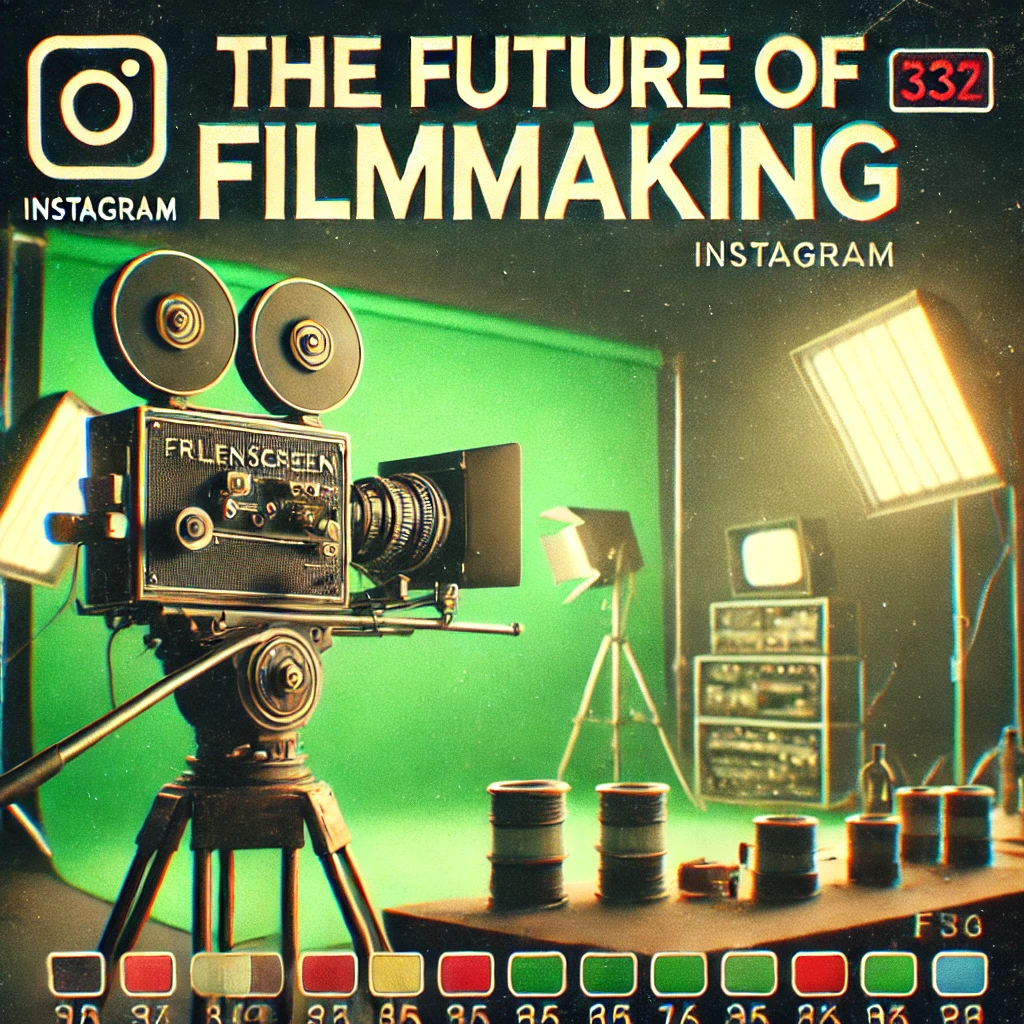
In a world where tech is reshaping every corner of our industry, virtual production might just be the most exciting development since digital cameras went mainstream. And it’s not just for the likes of The Mandalorian or Marvel anymore—this is a game-changer for indie filmmakers too.
Coming from a background in acquisitions and working closely with emerging talent, I can tell you this: if you’re not already thinking about virtual production, you soon will be. And it’s not nearly as out of reach as it once seemed.
So, What Is Virtual Production?
Virtual production is essentially the fusion of physical and digital filmmaking. Using LED walls (or “volumes”) and real-time rendering software like Unreal Engine, filmmakers can project backgrounds and environments live on set—think deserts, cities, alien planets—without leaving the studio.
It replaces traditional green screens, allowing actors and DPs to work in a live, responsive space. Lighting and reflections behave naturally, and you can frame your shots on location… without being on location.
Why Should Indie Filmmakers Care?
Because virtual production is scaling down.
Studios and tech partners are developing modular, mobile, and affordable virtual stages. Universities and regional film hubs in Europe and the Middle East are investing in the infrastructure. You no longer need a Marvel-sized budget to access these tools.
More importantly, it offers filmmakers creative freedom—especially for high-concept or world-building scripts where physical production would be cost-prohibitive.
Creative and Budget Benefits
- Shoot multiple “locations” in one space – No need for travel, permits, or weather worries.
- Control lighting and time of day instantly – Sunset can last all day.
- Real-time visualisation – Directors and crews see the environment in camera.
- More immersive performances – Actors aren’t reacting to green walls but actual environments.
For indie producers used to juggling night shoots, collapsing schedules, and blown-out budgets, it’s a revelation.
Distribution & Sales Impact
From a distribution standpoint, production value matters. If you can deliver something that looks like it cost millions—but didn’t—you’re instantly more attractive to buyers. Virtual production is giving emerging filmmakers the tools to meet that threshold.
It also makes pitching easier. A teaser shot with an LED backdrop can help sell the vision without needing full financing in place.
Where to Start
- Explore Unreal Engine or Aximmetry – many are free or offer indie pricing.
- Follow studios offering VP training – in the UK, places like Futureworks and ARRI Stage London are offering short courses.
- Check for regional partnerships – Spain, UAE, and Saudi Arabia are heavily investing in VP infrastructure.
Final Word
Virtual production isn’t just a trend—it’s a shift. And like all the best shifts in film history, it’s putting more power in the hands of creators.
If you’re a writer or director dreaming big but working small—this is your moment.
Leave a Reply